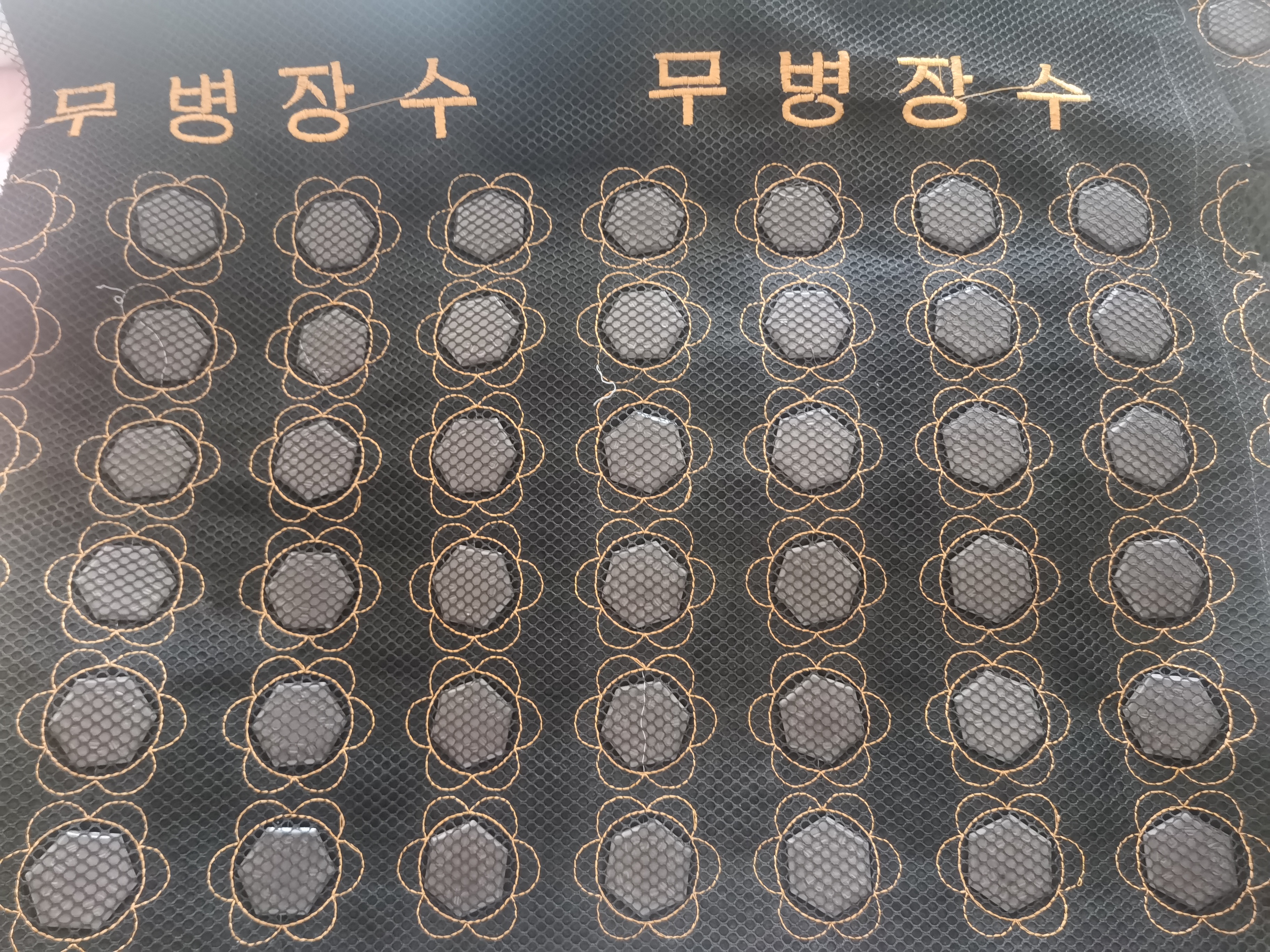
In the design and construction of a northern sweat room, choosing the appropriate material for the windows is crucial, especially considering the significant temperature fluctuations that are characteristic of northern climates. The windows need to not only provide insulation but also be able to endure the repeated expansion and contraction caused by the changing temperatures.
Tempered glass is a popular choice for many applications, and it can be a suitable option for the windows of a northern sweat room. It is known for its high strength and resistance to thermal stress. When tempered, the glass undergoes a special heat treatment process that makes it much stronger than ordinary glass. This increased strength allows it to better withstand the temperature differentials that occur in a northern climate. In the cold winters, when the outside temperature can drop significantly, and then during the heating of the sweat room, the tempered glass can handle the rapid changes in temperature without shattering easily. Additionally, it has good insulating properties, which can help to maintain the desired temperature inside the sweat room and reduce energy consumption for heating.
Low-E (low emissivity) glass is another excellent option. It is designed to minimize the amount of heat that is transferred through the glass. In a northern sweat room, this can be extremely beneficial as it helps to keep the warm air inside during the winter and prevent excessive heat from entering during the summer months when the outside temperature may be relatively higher. The special coating on the Low-E glass reflects infrared radiation, which reduces heat transfer. This means that the sweat room can maintain a more stable and comfortable temperature, and it also reduces the load on the heating and cooling systems. Moreover, Low-E glass can contribute to energy efficiency, which is an important consideration for any building, especially in regions with extreme temperature variations like the north.
Cast acrylic is a type of plastic material that has several advantages for use in sweat room windows. It has good clarity, similar to glass, which allows for natural light to enter the room. It is also relatively lightweight compared to glass, making it easier to handle and install. In terms of temperature resistance, cast acrylic can handle a wide range of temperatures. It is less likely to crack or shatter due to temperature fluctuations, which is a significant advantage in a northern climate where the temperatures can change rapidly. Additionally, it has good insulating properties, which can help to keep the sweat room warm and reduce heat loss. Cast acrylic is also more resistant to impact than glass, which can be beneficial in case of accidental bumps or minor collisions.
Extruded acrylic is another form of acrylic that can be considered. It is often more cost-effective than cast acrylic and still offers reasonable temperature resistance and clarity. However, it may not have the same level of optical quality as cast acrylic. In a northern sweat room, extruded acrylic can be a viable option if budget is a concern. It can provide a good balance between performance and cost. It is important to note that while it can withstand temperature fluctuations to a certain extent, it may not perform as well as some of the higher-quality glass or cast acrylic options in extreme temperature conditions. However, with proper installation and maintenance, it can still serve the purpose of providing a window for the sweat room and withstanding the typical temperature changes in the northern region.
When choosing between glass and acrylic for the windows of a northern sweat room, several factors need to be considered. The budget is an important aspect. Glass options, especially tempered and Low-E glass, may be more expensive initially but can offer better long-term performance and durability. Acrylic, on the other hand, can be a more cost-effective solution, especially if cost is a major constraint. The aesthetic appearance of the window is also a consideration. Glass generally provides a more traditional and clear look, while acrylic may have a slightly different visual appearance. The insulation requirements of the sweat room play a crucial role. If energy efficiency is a priority, Low-E glass or acrylic with good insulating properties would be preferable. Additionally, the ease of installation and maintenance should be taken into account. Glass may require more careful handling during installation, but it is relatively easy to clean and maintain. Acrylic is lighter and easier to install, but it may be more prone to scratches and may require special cleaners to maintain its clarity.

